Premium Only Content
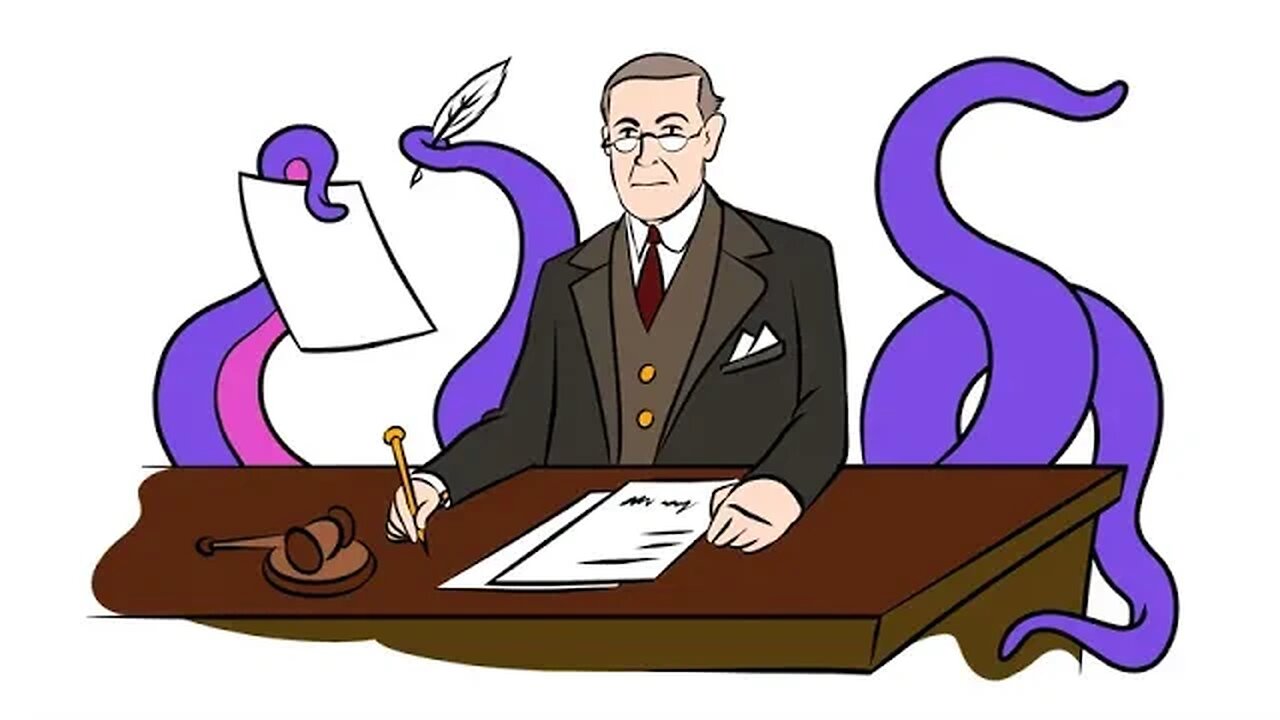
The Creature from Jekyll Island
The battle over a central bank is an issue that goes back to the beginning of America.
The Federalists, led by Alexander Hamilton, wanted the new American government to resemble the British Empire – with their own Bank of England. They were opposed by Jeffersonian Republicans, who understood a central bank to be a dangerous institution of corruption that would benefit a politically connected minority.
Both sides saw their share of victories and defeats, leading to the establishment of the First Bank of the United States under Washington, ended by Jeffersonians in 1811. A Second Bank of the United States was created in 1815, and then ended by Andrew Jackson in 1836.
Older than any American central bank, however, was the dollar – which began as a Spanish silver coin widely used in the colonies. During the Revolutionary War, America tried its hand at paper currency not backed gold or silver. The result was the Continental Congress acquiring resources and military service from Americans in exchange for an unstable currency that collapsed in value.
The result was, in 1792, the establishment of a national currency based in gold and silver. The new US mint would mold coins in a patriotic design, but the weight of silver remained the same as the Spanish dollar.
With currencies around the world all backed by gold and silver, global trade benefitted from what is called the Classical Gold Standard. This international gold standard provided an automatic market mechanism for checking the inflationary potential of government. If a country, like Mexico, inflated their paper pesos, the inevitable result would be gold leaving the country when foreign banks redeemed their Mexican paper money for the proper amount of gold and silver.
While the ability to redeem gold internationally imposed a level of discipline on national governments, interventions in domestic economies still managed to create the booms and busts we see in business cycles. Often, through some sort of government privilege, banks would be legally protected to print money not backed by gold – which would spur investment into projects that otherwise would not be profitable, resulting in a bust.
After a particularly bad financial crisis in 1907, the result of bad banking policies first imposed during the Civil War, major Wall Street banks decided to promote the creation of a new central bank that could be depended on to bail them out during a financial crisis.
The Wall Street bankers and their allied politicians understood that it would be difficult to get the American public to create such a powerful and dangerous government tool. In planning the creation of this new bank, they met in secret locations – like Jekyll Island, Georgia - using fake names. They plotted a national propaganda campaign to sell the public and elected officials on the plan by any means necessary.
In 1912, Woodrow Wilson was elected president in a three-way race with less than 42% of the vote.
A year later, he would sign into law the creation of the Federal Reserve.
Shortly after, the costs of World War I would force governments around the world to begin massively inflating their currencies – which would result at the end of the gold standard.
So, if the classical gold standard worked so well, why did it break down?
It broke down because governments were entrusted with the task of keeping their monetary promises, of seeing to it that pounds, dollars, francs, etc., were always redeemable in gold as they and their controlled banking system had pledged. Governments were incentivized to allow banks to print far more paper money than gold on hand than they could in a free market.
It was not gold that failed; it was the folly of trusting the government to keep its promises.
________________________________________
This series was inspired by Murray Rothbard's classic introduction, What Has Government Done to Our Money?—available for free in PDF, ePub, HTML, and Audiobook at https://Mises.org/WHGD
To learn more about the operations of the Federal Reserve, check out Bob Murphy's book, Understanding Money Mechanics, available for free in PDF, ePub, and HTML at https://Mises.org/BobMoney
For more animated content, check out Economics for Beginners at https://BeginEconomics.org.
-
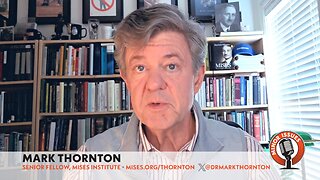 16:53
16:53
Mises Institute
12 days ago $0.03 earnedFree Trade in the Twenty-First Century | Mark Thornton
1872 -
 LIVE
LIVE
Russell Brand
1 hour agoThe Trans Con: How Did We Miss THIS?! – SF564
5,497 watching -
 1:02:31
1:02:31
Timcast
2 hours agoTrump Raises TARIFF On China To 145% , China PANICS As Trump Isolates Nation, Market STILL In Chaos
148K91 -
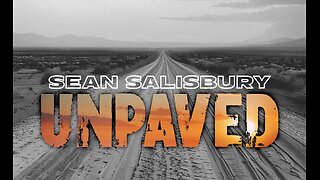 DVR
DVR
Sean Unpaved
1 hour agoGreen Jackets & Hardwood: Masters Tournament Tee-Off, Jokic on Malone, Luka's Big Night In Dallas
9.14K2 -

The Charlie Kirk Show
2 hours agoBetter Know Your Bonds + Decoupling China | Cardone, Ganz, Sedra | 4.10.25
56.3K12 -
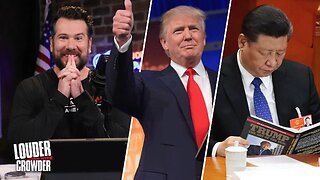 2:13:54
2:13:54
Steven Crowder
4 hours ago🔴 How Trump's Massive Tariff Announcement Destroyed China & the Left
369K187 -

Ben Shapiro
1 hour agoEp. 2177 - TRUMP U-TURN WIN: Tariff War Paused, China Isolated!
11K10 -
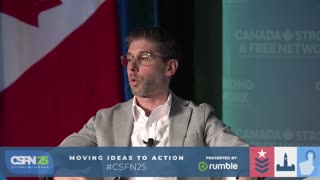 LIVE
LIVE
Canada Strong and Free Network
5 hours agoCanada Strong and Free Network
424 watching -
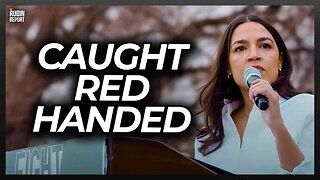 44:14
44:14
The Rubin Report
3 hours agoLiberals Saddened as AOC’s Hypocrisy to ‘Fight Oligarchy’ Is Exposed
98.1K39 -
 LIVE
LIVE
Rebel News
1 hour ago $0.80 earnedEzra at Poilievre's rally, Carney's links to China, Libs target legal gun owners | Rebel Roundup
620 watching